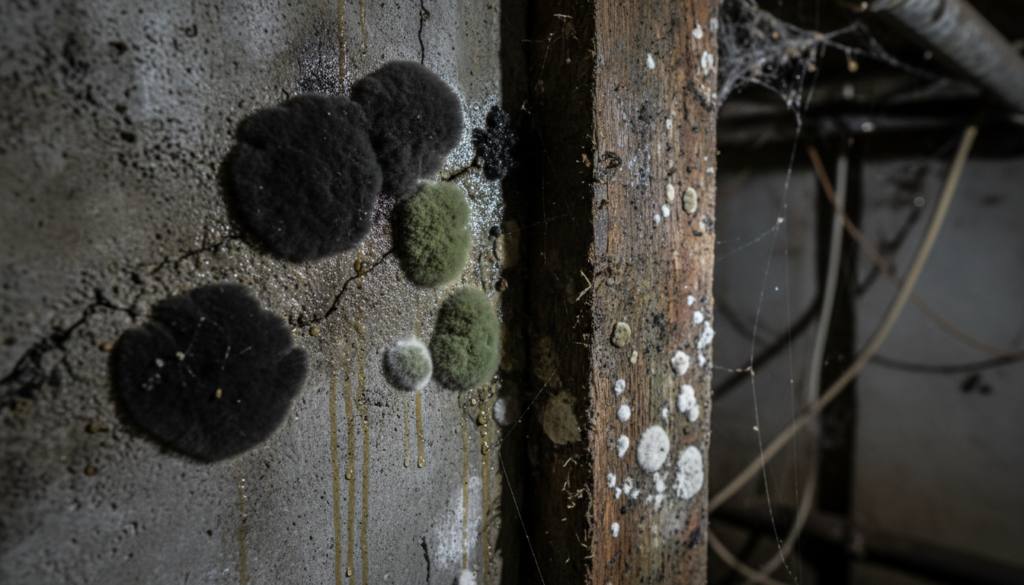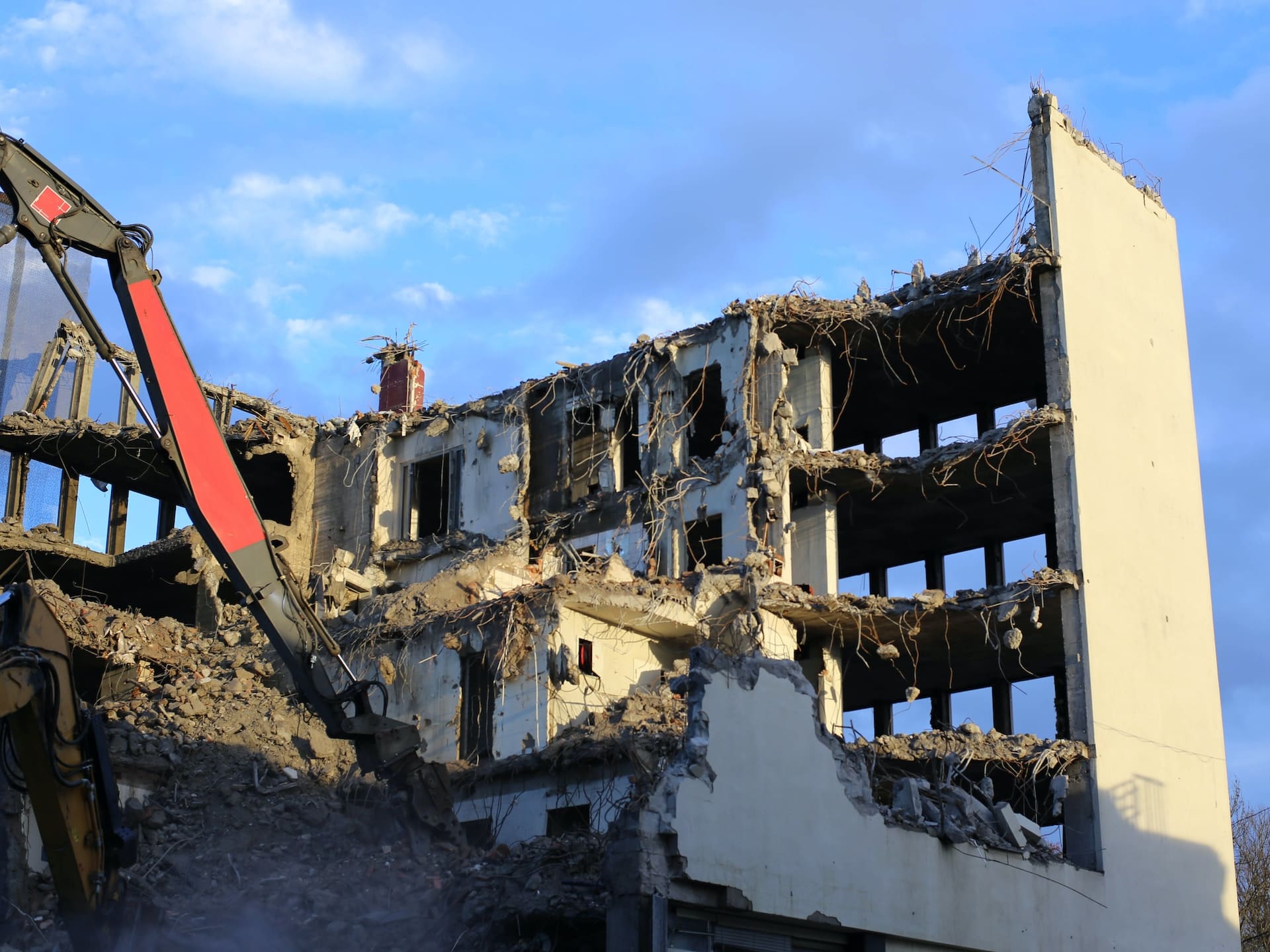Safety and health in your home are paramount, and one often overlooked threat to these is mold. This unassuming fungus can pose a serious risk if left unchecked, particularly in damp, dark environments like your basement. As a professional restoration company, we believe it is of utmost importance to understand the types of mold you might encounter, the risks they pose, and the crucial role of professional consultation in mold remediation.
Understanding Mold
Mold is a type of fungus that grows in multicellular filaments referred to as hyphae. These hyphae come together to form visible colonies that have a diverse range of colors, including black, green, white, and even blue.
In the natural ecosystem, molds play an indispensable role, breaking down dead organic material and contributing to the cycle of life. However, the same molds can become problematic when they start growing in indoor environments.
Indoors, molds contribute to the degradation of building materials and can cause a host of health issues, particularly respiratory problems. This is why understanding the different types of molds, especially those common in basements, is so important.
Common Types of Mold Found in Basements
Black Mold (Stachybotrys chartarum)
Commonly referred to as ‘toxic mold’, black mold can cause a variety of health issues, including respiratory problems, allergic reactions, and other symptoms like headaches and fatigue. It thrives in damp, dark areas and can be identified by its dark green or black color and slimy texture.
Aspergillus
Aspergillus is another type of mold frequently found in homes. It can cause health issues related to the respiratory system, particularly in individuals with weakened immune systems or pre-existing lung diseases. This type of mold can be green, blue, or white and is known to grow in thick layers.
Penicillium
This type of mold is commonly found on materials that have been damaged by water, such as wallpaper, carpeting, and insulation. Penicillium can cause allergic reactions, and it spreads quickly and easily. It is often blue or green in color.
The Importance of Professional Consultation
Mold can pose significant dangers, and improper handling can lead to further spread and potential health risks. It’s always recommended to consult with a professional restoration company when dealing with mold.
Professionals have the necessary knowledge, tools, and equipment to safely handle mold. They can thoroughly inspect your home, identify the type and extent of mold growth, and provide you with a comprehensive plan for mold remediation. They also have the training and equipment to avoid contaminating other areas of your home during the remediation process.
Conclusion
Mold in your basement should never be taken lightly. If you suspect mold growth in your home, it’s crucial to consult with a professional restoration company. Remember, your family’s health and safety are paramount, and professional mold remediation is the first step towards a safe and healthy home. By understanding the risks and taking swift, professional action, you can effectively protect your home and loved ones from the dangers of mold.
As a new home owner, I couldn’t have asked for a better company. Lou and his team made my hard situation an easy and stress…Read More » a month ago via Google Alisha T We recently had major water damage in our home, affecting the entire kitchen, dining room, and basement. Louis from Upper Restoration showed up quickly, assessed…Read More » 2 months ago via Google Cathy Choi We recently sustained some damage to our roof and our central air system due to a storm. Upper Restoration had to open our ceiling to…Read More » 2 months ago via Google Chimere Luke I had the pleasure of working with Upper Restoration and their incredible team during a recent project for my home after a flood, and I…Read More » 8 months ago via Google Lewis James Lirosi



